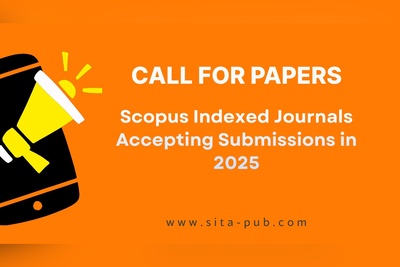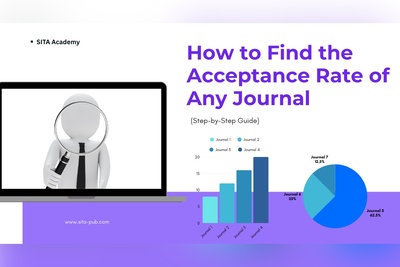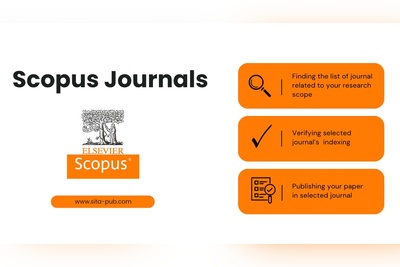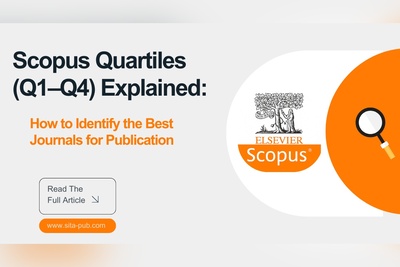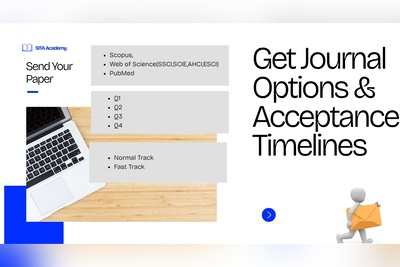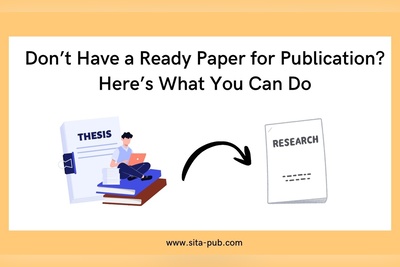How to Format a Thesis According to University Guidelines
Learn how to format your Master’s or PhD thesis according to university guidelines. Step-by-step guidance on structure, headings, tables, figures, and references.

Finishing your Master’s or PhD thesis is a significant milestone. After months or years of research, writing, and analysis, you’ve finally completed the content. But before submission, there is one critical step that many students overlook: formatting your thesis according to your university guidelines. Proper formatting is not just a cosmetic requirement; it ensures clarity, professionalism, and compliance with academic standards. Failure to format your thesis correctly can lead to delays in submission, additional revisions, or even rejection.
In this article, we will guide you step by step on how to format your thesis, explain the common formatting requirements.
Understanding Thesis Formatting Requirements

Every university has specific guidelines for formatting a thesis. These rules vary depending on the department, program, or even degree type (Master’s or PhD). Common formatting requirements include:
Document structure: Front matter, main content, and appendices
Page layout: Margins, line spacing, and page numbering
Font type and size: Typically Times New Roman, Arial, or Calibri, with font size 12 for text
Headings and subheadings: Hierarchical structure for chapters, sections, and subsections
Tables and figures: Proper labeling, captions, and placement
References and citations: APA, MLA, Chicago, Harvard, or university-specific style
Consistency: Uniform formatting throughout the thesis
Each university often provides a thesis template or style guide for students to follow. Before starting formatting, it’s essential to download and review the official guidelines for your program.
Step-by-Step Guide: How to Format Your Thesis
Here’s a comprehensive step-by-step guide to format your thesis according to university guidelines:
1. Title Page
The title page is the first page of your thesis and must follow university requirements precisely. It typically includes:
Thesis title
Your name
Degree program
Department and university name
Submission date
Ensure the alignment, font size, and spacing match the guidelines provided by your university.
2. Abstract
The abstract is a concise summary of your research. Formatting requirements may include:
Maximum word count (usually 200–400 words)
Single or double spacing
Keywords section (if required)
3. Acknowledgments
Acknowledgments are often optional but must be formatted correctly:
Consistent font and spacing
Centered or justified alignment according to guidelines
4. Table of Contents
The table of contents (TOC) should automatically update page numbers for chapters, sections, and subsections. Key points include:
Using Word or LaTeX automatic TOC feature
Including all headings consistently
Indenting subheadings correctly
5. List of Tables and Figures
Universities often require separate lists for tables and figures:
Number tables and figures sequentially (e.g., Table 1.1, Figure 2.3)
Include clear captions
Match font and spacing with the rest of the thesis
6. Main Chapters
The main body of your thesis usually follows this structure:
Introduction – Background, research questions, objectives
Literature Review – Summarizing previous research
Methodology – Research design, data collection, and analysis
Results – Presenting findings with tables and figures
Discussion – Interpretation and analysis of results
Conclusion and Recommendations – Summarizing contributions and future work
Formatting tips:
Apply heading styles consistently (Heading 1 for chapters, Heading 2 for sections, Heading 3 for subsections)
Maintain consistent font, spacing, and margins
Insert page numbers in the required format (e.g., Roman numerals for front matter, Arabic numbers for main chapters)
7. References and Citation Style
Correct referencing is critical for avoiding plagiarism and meeting academic standards:
Follow the citation style mandated by your university (APA, MLA, Chicago, etc.)
Ensure all in-text citations match the reference list
Check formatting of book titles, journal articles, URLs, and DOIs
8. Appendices
Appendices include supplementary materials like questionnaires, code, or extended data tables:
Label each appendix (Appendix A, Appendix B)
Include descriptive titles
Format consistently with the rest of the thesis
9. Proofreading and Consistency Check
Before final submission:
Check spacing, headings, and margins
Ensure tables and figures are numbered correctly
Verify reference formatting
Double-check page numbers and section alignment
Formatting Your Thesis According to University Guidelines at SITA Academy
At SITA Academy, we understand that thesis formatting can be overwhelming for students, especially non-native English speakers. Our professional team provides complete thesis formatting services according to your university requirements:
Matching your thesis structure exactly to your department guidelines
Correcting headings, subheadings, tables, figures, and captions
Formatting references according to APA, MLA, Harvard, Chicago, or university-specific styles
Ensuring consistent fonts, margins, spacing, and page numbering

We make sure that your thesis looks professional, polished, and ready for submission, giving you confidence that it meets the highest academic standards.
How to Get Started and Receive a Quote
Getting started with SITA Academy is simple:
Send your thesis – Submit your thesis file in Word, LaTeX, or PDF format.
Provide your university guidelines – Include any department-specific formatting instructions.
Receive a review and quote – Our team will evaluate your thesis and provide a clear quote.
Approve and proceed – Once approved, we begin formatting immediately.

With our service, you save time, reduce stress, and ensure your thesis meets all university requirements for a smooth submission.
Conclusion
Formatting your thesis correctly is just as important as the research itself. A well-formatted thesis demonstrates professionalism, attention to detail, and academic integrity. By following university guidelines for structure, headings, tables, figures, citations, and references, you increase your chances of a smooth review and acceptance.
Whether you are a Master’s or PhD student, we can help you format your thesis accurately and efficiently, ensuring it meets every requirement of your university. Don’t risk delays or revisions—send your thesis to SITA Academy and let our experts handle the formatting process for you.
Verified Contact Channels
If you have any questions, inquiries, or would like to learn more about our services, please don't hesitate to reach out to us. Our dedicated team is ready to assist you.





